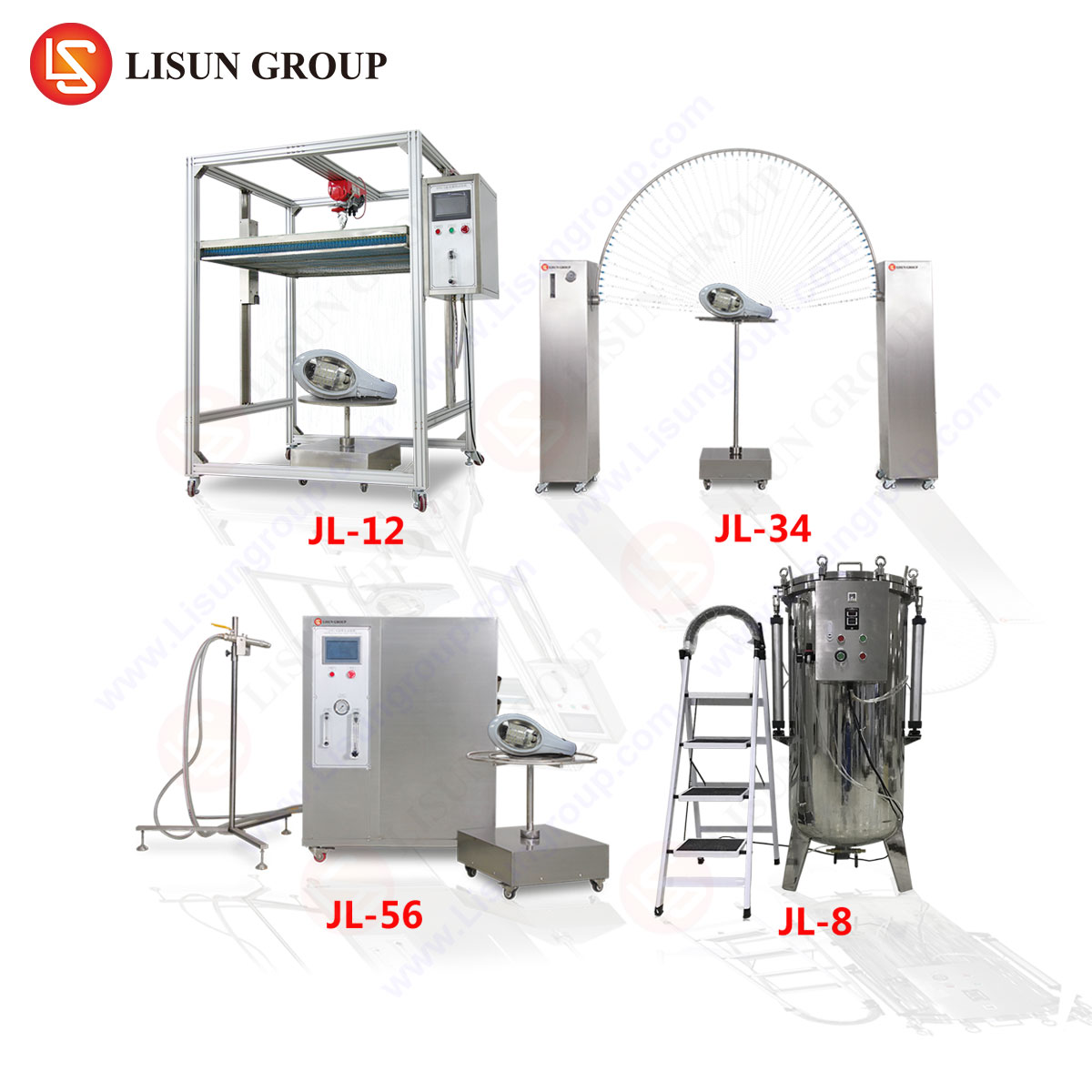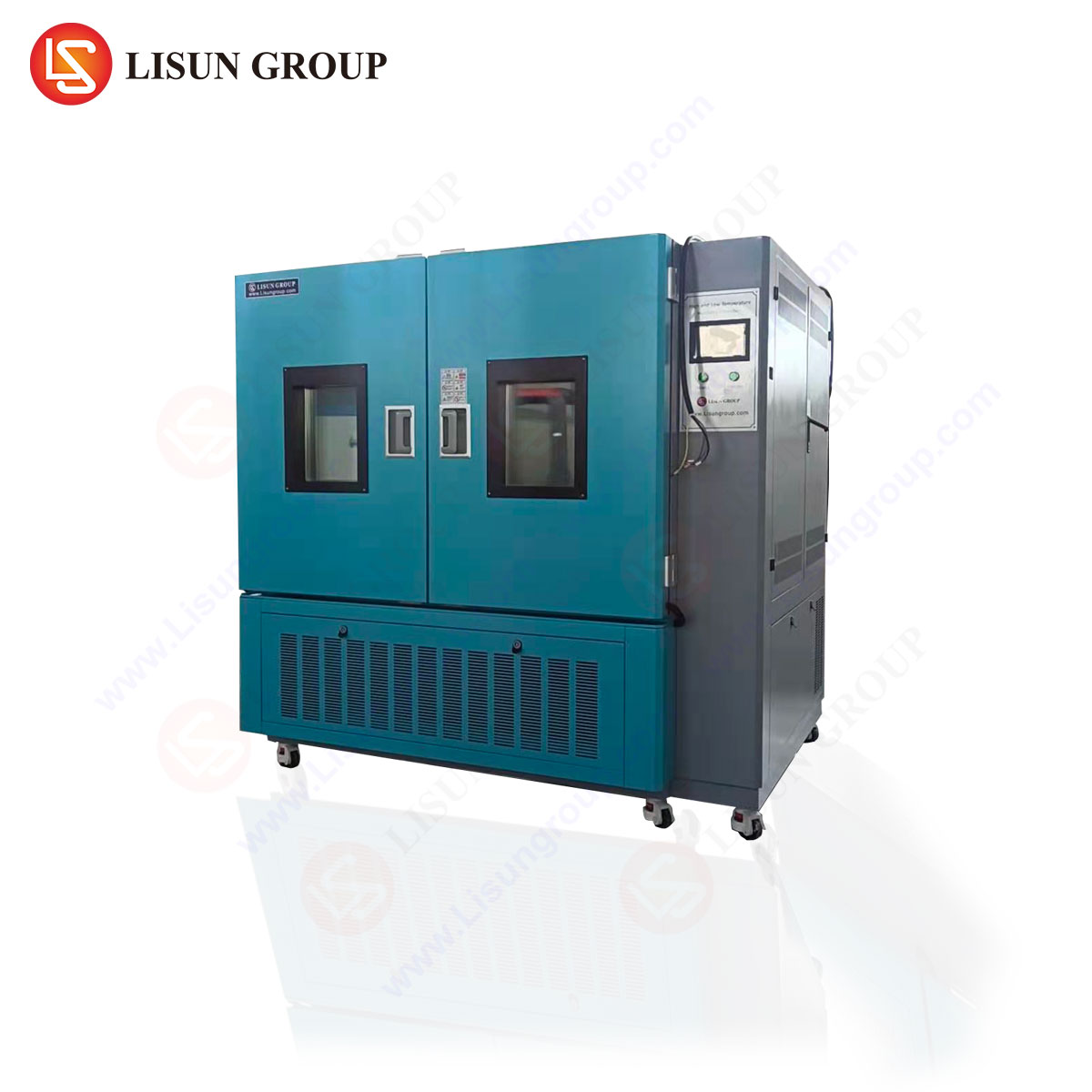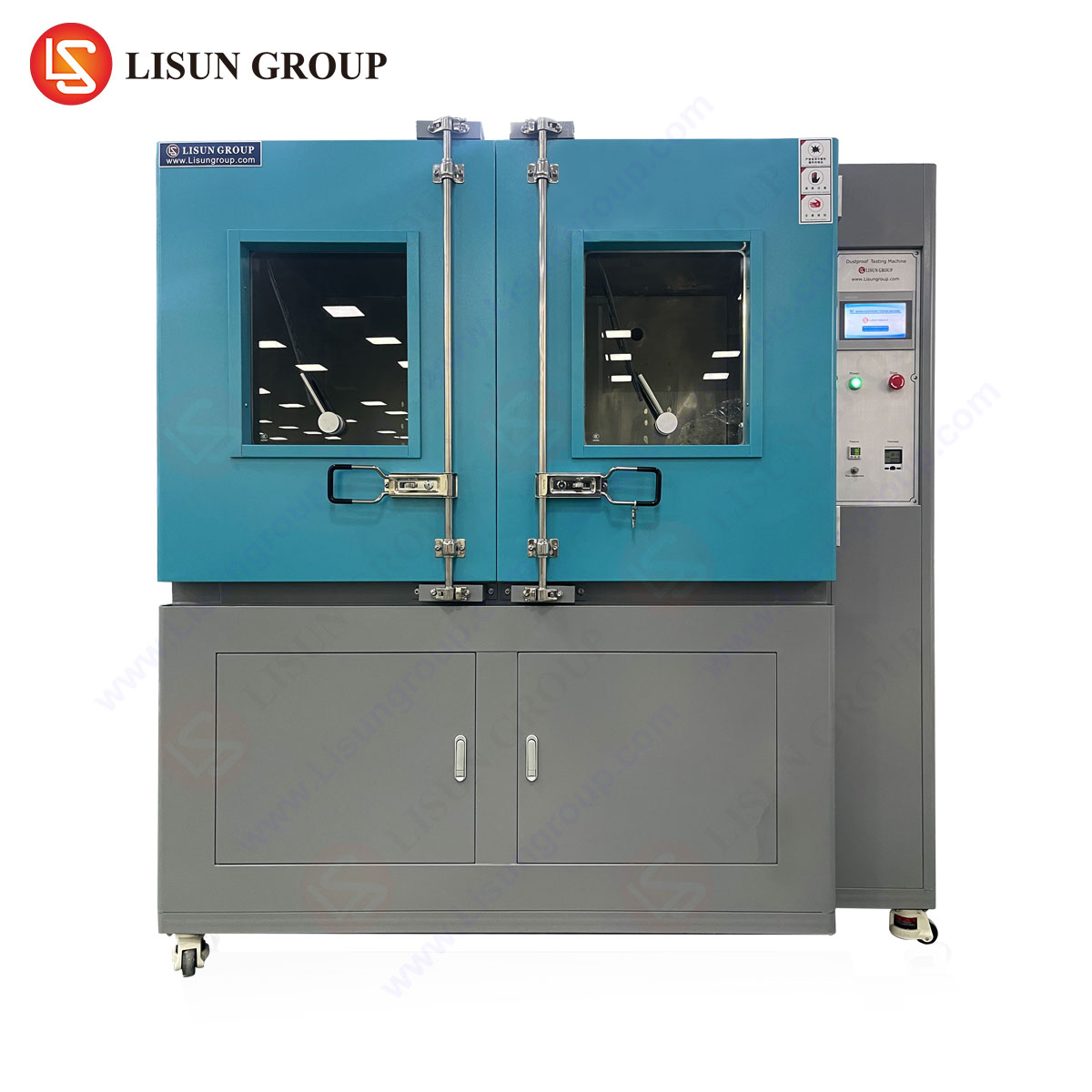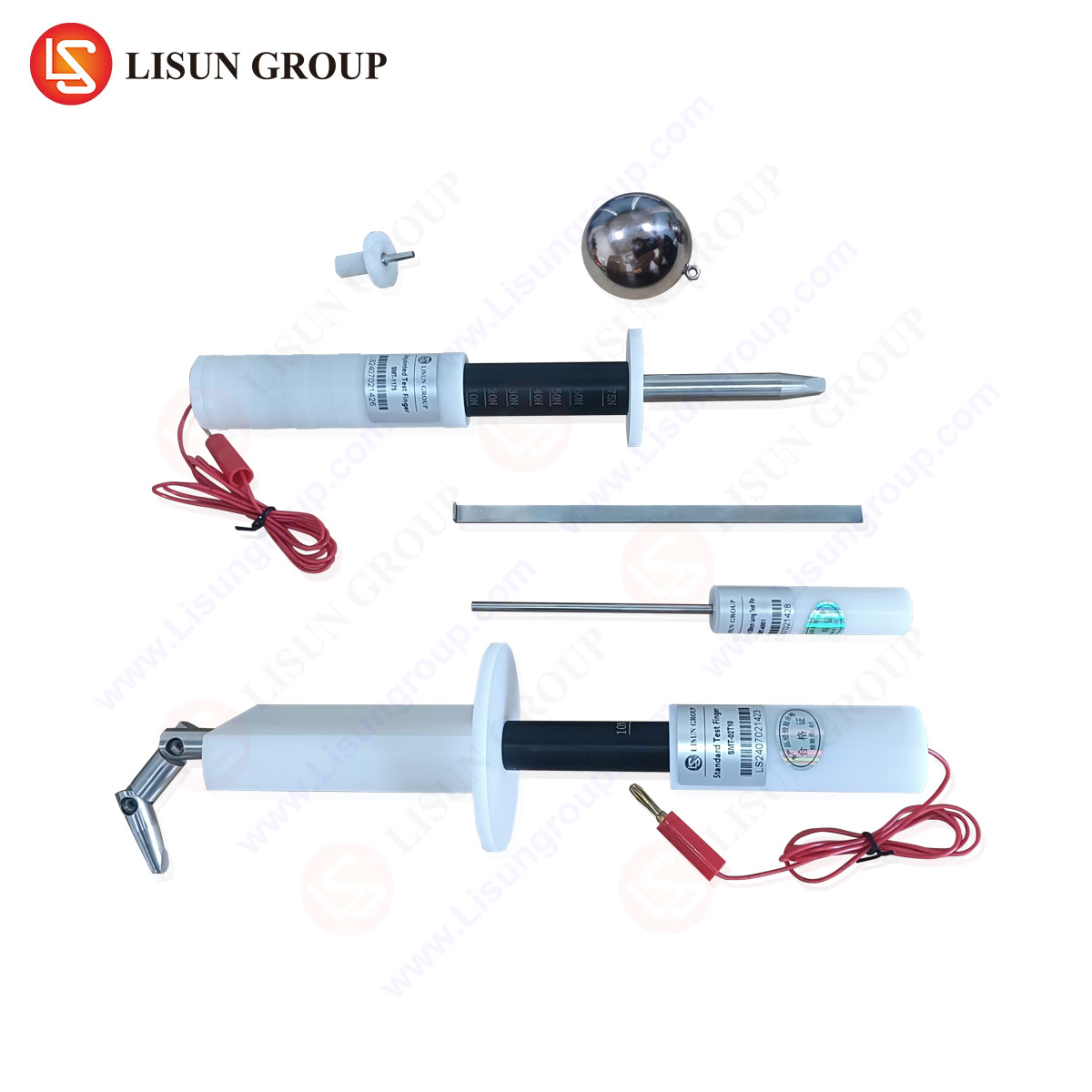Defining the IP5X Dust Ingress Protection Rating
The IP5X dust test, as defined by the International Electrotechnical Commission (IEC) standard 60529, evaluates the ability of an enclosure to prevent harmful dust ingress. The “5” in IP5X signifies partial protection against dust penetration, meaning limited dust entry is permissible provided it does not interfere with normal operation or compromise safety. This rating is critical for electrical and electronic equipment operating in environments where airborne particulates pose a risk to functionality or longevity.
Unlike the IP6X rating, which guarantees complete dust-tightness, IP5X acknowledges practical scenarios where minor dust ingress is tolerable. Industries such as automotive electronics, industrial control systems, and telecommunications equipment often specify IP5X compliance for components exposed to moderate particulate contamination without requiring hermetic sealing.
The Mechanics of Dust Ingress Testing
IP5X testing involves exposing the enclosure to talcum powder or equivalent fine particulates (particle sizes ≤ 75 µm) in a controlled chamber. The test dust is circulated at specified flow rates and durations, simulating prolonged exposure to dusty environments. Post-test inspection assesses dust accumulation on internal surfaces, electrical contacts, and moving parts. Compliance is determined by verifying that dust ingress does not impair functionality or exceed permissible limits outlined in IEC 60529.
Key parameters include:
- Test duration: Typically 2–8 hours, depending on application requirements.
- Airflow velocity: Maintained at 1–2 m/s to ensure uniform dust distribution.
- Dust concentration: Standardized at 2 kg/m³ for consistency.
LISUN SC-015 Dust Sand Test Chamber: Technical Specifications
The LISUN SC-015 Dust Sand Test Chamber is engineered for precise IP5X and IP6X testing, incorporating advanced airflow control and particulate dispersion mechanisms. Its design adheres to IEC 60529, ISO 20653, and GB/T 4208 standards, making it suitable for multinational compliance testing.
Core Features:
- Chamber volume: 800 L (standard), with customizable sizes for large-scale components.
- Dust circulation: Electrically driven fan system with adjustable velocity (0.5–3 m/s).
- Particulate media: High-purity talcum powder or Arizona test dust (A2 fine grade).
- Control system: Programmable logic controller (PLC) with real-time monitoring of temperature, humidity, and airflow.
Competitive Advantages:
- Repeatability: Automated dust injection and extraction ensure consistent test conditions.
- Versatility: Supports testing for automotive lighting, aerospace components, and medical devices.
- Regulatory compliance: Pre-configured test protocols for IEC, ISO, and regional standards.
Industry Applications of IP5X Testing
Electrical and Electronic Equipment
Circuit breakers, relays, and terminal blocks in industrial settings require IP5X ratings to prevent dust-induced arcing or contact degradation. The LISUN SC-015 validates enclosure integrity for these components under prolonged dust exposure.
Automotive Electronics
Engine control units (ECUs) and sensors mounted near wheel wells or undercarriages are subjected to road dust. IP5X testing ensures operational reliability in such environments.
Lighting Fixtures
Outdoor and industrial luminaires must resist dust accumulation on reflectors and LEDs. The SC-015 chamber replicates desert or construction-site conditions to verify performance.
Medical Devices
Portable diagnostic equipment used in field hospitals or ambulances undergoes IP5X testing to guarantee functionality in particulate-laden environments.
Comparative Analysis: IP5X vs. IP6X
While IP6X demands zero dust ingress, IP5X is often more cost-effective for applications where minor particulate entry is non-critical. For example, office equipment like printers may opt for IP5X to balance protection and ventilation needs.
Decision Factors:
| Criterion | IP5X | IP6X |
|---|---|---|
| Dust Protection | Limited ingress allowed | Complete dust-tightness |
| Cost Implications | Lower enclosure complexity | Higher sealing requirements |
| Typical Use Cases | Indoor industrial controls | Offshore wind turbines |
Scientific Validation and Case Studies
A 2022 study by the Fraunhofer Institute demonstrated that IP5X-rated enclosures for solar inverters reduced maintenance intervals by 40% in arid regions. Similarly, telecommunications base stations in desert climates showed a 15% improvement in mean time between failures (MTBF) after IP5X validation with the LISUN SC-015.
FAQ Section
Q1: Can the LISUN SC-015 test for both IP5X and IP6X standards?
Yes, the chamber’s adjustable airflow and particulate density allow seamless transition between IP5X (partial protection) and IP6X (total protection) test protocols.
Q2: What industries mandate IP5X compliance?
Automotive, aerospace, and industrial automation sectors frequently require IP5X, particularly for components exposed to non-hazardous dust.
Q3: How does the SC-015 ensure uniform dust distribution?
Its centrifugal fan system and perforated diffuser plates create turbulent airflow, mimicking real-world particulate dispersion.
Q4: Is Arizona test dust compatible with the SC-015?
Yes, the chamber supports A2 fine dust, commonly used for automotive and military testing.
Q5: What is the typical lead time for SC-015 chamber delivery?
Standard configurations ship within 4–6 weeks, with expedited options for urgent compliance deadlines.







